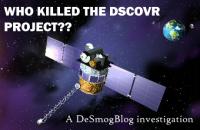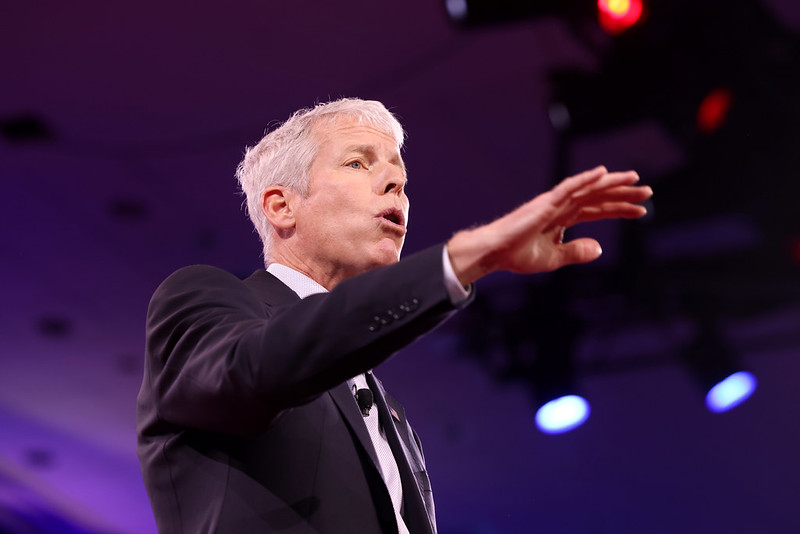Somewhere in Maryland is a metal box containing a fully completed climate spacecraft that could save the world.
NASA’s Deep Space Climate Observatory (DSCOVR) cost over $100 million and was designed to measure the energy budget of our warming planet. Yet the spacecraft has remained in its box for the last five years and it looks like it is not going anywhere anytime soon.
NASA quietly cancelled the project altogether in January 2006 citing “competing priorities”.
What happened? How could the US government possibly justify killing DSCOVR given the importance of climate change and after over 90% of the project expenses had already been incurred? What role did petty partisan politics play in this? Did the oil lobby have any influence on this decision?
Over the next few months I am going to be digging into the history of DSCOVR, the reasons why it was cancelled, and why NASA refuses to release any internal documents on the decision to kill the mission.
But first, some background on why DSCOVR is so important and why it is not your average climate satellite.
In fact, DSCOVR is not a satellite at all. It was designed to be sent far beyond the orbit of Earth to a unique parking spot in space, four times as far away as the moon. This “L1 Lagrangian point” was to be DSCOVR’s home, a gravity-neutral point between our planet and the Sun. If a spacecraft is put there, it stays put, 1.5 million kilometers away tracking the exact orbit of our planet around the Sun.
From this unique vantage, the scientific instruments on DSCOVR would gaze back towards Earth, allowing us for the first time ever to measure the energy budget of the entire plant. This critical data would help calibrate climate models as well as measurements from other climate spacecraft that have collectively cost hundreds of millions of dollars.
The Earth’s temperature is a delicate balance between the amount of energy retained by the atmosphere and the amount being reflected back into space. This second number is called “albedo” and it is vitally important to scientists trying to develop reliable computer models on our changing climate. DSCOVR would provide vastly improved measurements of the Earth’s albedo because from L1, it would be able to continuously observe the entire sunlit disc of our planet.
Interestingly, a common complaint of climate change deniers has been that the satellite data used to develop climate models is unreliable. DSCOVR would go a long way to settling whatever honest debate remained about the reliability of those models.
Considering that these climate models are now driving enormous public policy decisions, one would think that DSCOVR would be a top priority. It certainly has been a priority of other governments. The French were so alarmed by the foot dragging by NASA they offered to send DSCOVR into space themselves at a greatly reduced cost. The Ukranian government even offered to launch DSCOVR for free aboard a Tsyklon IV rocket – the most reliable launch vehicle in the world.
The response from NASA? No thanks.
Something seems rotten in the state of Maryland.
Next posting: how this mission, originally inspired by Al Gore, may have become fatally mired in beltway politics.
Click here to donate to our research project and help find out who killed the DSCOVR project.
Note: the DeSmogBlog team welcomes writer and researcher Mitchell Anderson to the team. Over the next few months Mitchell will be writing an investigative series on the US administration’s mothballing of the Deep Space Climate Observatory (DSCOVR).
Subscribe to our newsletter
Stay up to date with DeSmog news and alerts






